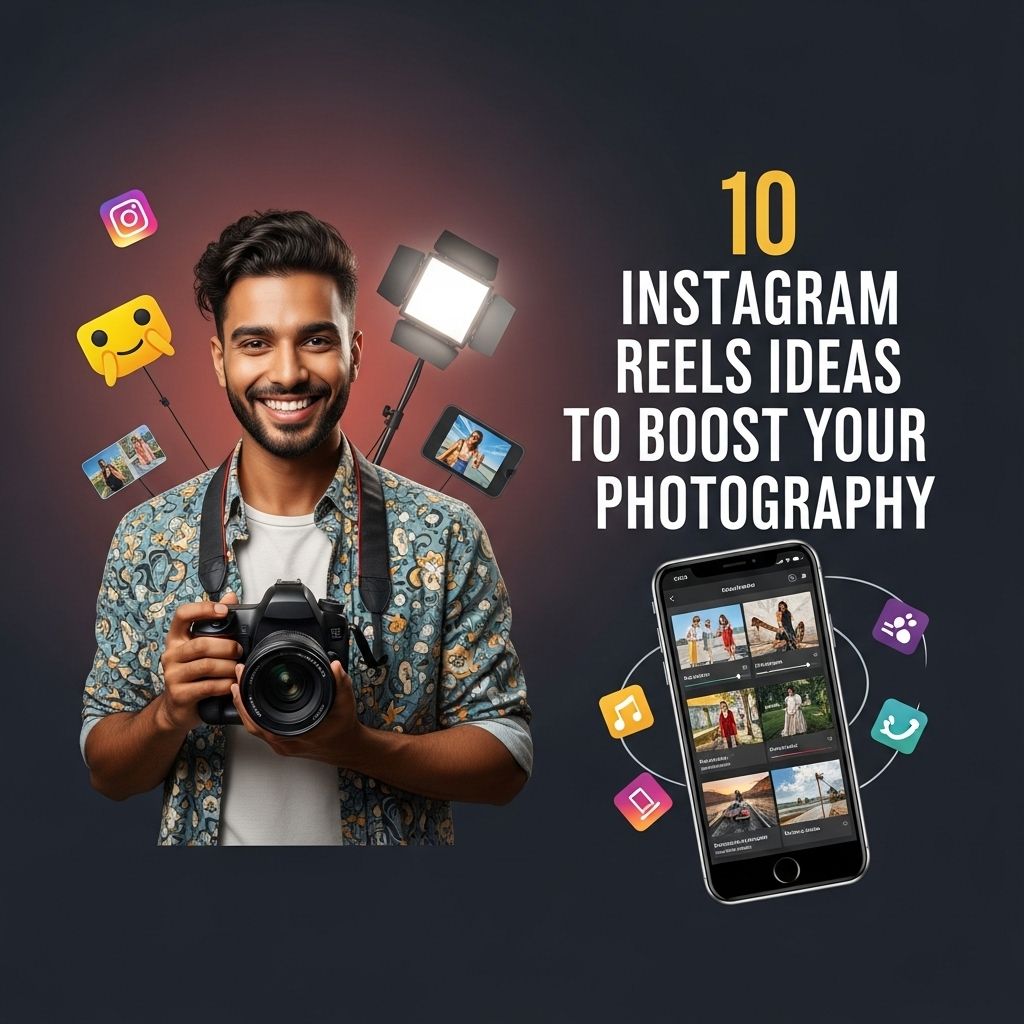Choosing your first camera can be a daunting task, especially with the plethora of options available in the market today. Whether you are a budding photographer eager to capture stunning visuals or simply want to document memorable moments, the right camera can make all the difference. This guide aims to simplify the decision-making process, highlighting key factors to consider and providing a clear pathway to selecting the ideal camera for your needs.
Understanding Different Camera Types
Before making a purchase, it’s important to understand the various types of cameras available. Each type caters to different needs and preferences. Here are the primary categories:
- Point-and-Shoot Cameras: Compact and user-friendly, these cameras are ideal for casual photography. They typically offer automatic settings, making it easy for beginners to take photos without much technical know-how.
- DSLR Cameras: Digital Single-Lens Reflex cameras provide greater flexibility and control. They allow for interchangeable lenses and manual settings, making them suitable for those looking to advance their photography skills.
- Mirrorless Cameras: Similar to DSLRs in terms of image quality and versatility, mirrorless cameras are often lighter and more compact. They also use electronic viewfinders, which provide a real-time preview of the image.
- Smartphone Cameras: With advancements in mobile technology, many smartphones are equipped with high-quality cameras. They are incredibly convenient and great for everyday use, though they may lack some features of dedicated cameras.
Assessing Your Photography Needs
Identifying your photography needs is crucial in choosing the right camera. Here are some questions to consider:
- What will you be photographing? Consider if you’ll mainly be capturing landscapes, portraits, sports, or wildlife.
- What is your level of expertise? Are you a beginner looking for simplicity, or do you have some experience and prefer a camera that allows for more control?
- How portable do you need your camera to be? If you travel often, a lightweight model may be preferable.
Key Features to Look For
Once you have a clearer understanding of your needs, it’s time to evaluate specific features that can influence your decision:
1. Sensor Size
The size of the camera’s sensor affects image quality, especially in low light conditions. Here’s a brief overview:
| Sensor Size | Pros | Cons |
|---|---|---|
| Full Frame | Excellent image quality, better low-light performance | More expensive, heavier |
| APS-C | Good balance of quality and size | Still requires investment in lenses |
| Micro Four Thirds | Compact and lightweight | Lower depth of field |
2. Megapixels
While higher megapixels can contribute to better image quality, they are not the sole indicator of a camera’s performance. A camera with 16-24 megapixels is typically sufficient for most users, including large prints and cropping without loss of detail.
3. Lens Compatibility
If you opt for a DSLR or mirrorless camera, consider the availability of lenses. A good range of lenses can expand your photography capabilities:
- Prime Lenses: Fixed focal length, great for portraits and low light.
- Zoom Lenses: Variable focal lengths, perfect for versatility.
- Wide-Angle Lenses: Ideal for landscapes and architecture.
Budgeting for Your Camera
Your budget will significantly impact your options. Here’s a breakdown of potential costs:
- Entry-Level Cameras: $300 – $800 – Great for beginners.
- Mid-Range Cameras: $800 – $1500 – Offers more features and better image quality.
- Professional Cameras: $1500 and above – Suitable for serious enthusiasts and professionals.
Consider setting aside additional funds for accessories such as lenses, a tripod, and camera bags.
Researching and Testing Cameras
Once you have a shortlist of potential cameras, it’s time to do some research:
1. Read Reviews
Check out reviews from reliable sources, including photography blogs, YouTube channels, and forums. User experiences can provide valuable insights.
2. Visit a Camera Store
Hands-on experience is invaluable. Visit a local camera store to test out different models. Pay attention to:
- Comfort and grip
- Menu navigation
- Overall weight
3. Consider Renting
If you’re still unsure, consider renting a camera before purchasing. This allows you to try out the model in real-world situations.
Final Thoughts
Choosing your first camera doesn’t have to be overwhelming. By understanding the different types of cameras, assessing your needs, and carefully considering features, you will be better prepared to make an informed decision. Remember, the best camera is one that fits your style and helps you express your creativity.
Don’t forget to enjoy the journey of learning and capturing the world through your lens!
FAQ
What should I consider when choosing my first camera?
When choosing your first camera, consider factors like your budget, the type of photography you’re interested in, the camera’s ease of use, and its features such as image quality, size, and weight.
What are the different types of cameras available for beginners?
For beginners, the main types of cameras include point-and-shoot cameras, mirrorless cameras, and DSLR cameras, each offering different levels of control and image quality.
Should I buy a new or used camera for my first purchase?
Buying a used camera can be a great way to save money, but ensure that it is in good condition. A new camera may come with a warranty and the latest features.
What is the importance of lens selection for beginner photographers?
Lens selection is crucial as it affects your photography style. Beginners should look for versatile lenses that can handle various types of photography, such as a zoom lens.
How much should I expect to spend on my first camera?
For a solid entry-level camera, you can expect to spend anywhere from $300 to $800, depending on the brand and features you desire.
What features are essential for a beginner camera?
Essential features for a beginner camera include automatic shooting modes, decent image stabilization, a user-friendly interface, and good low-light performance.




